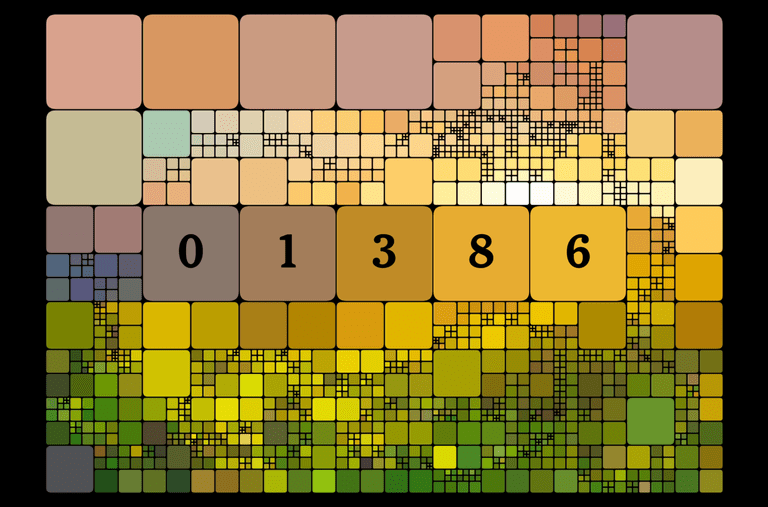The Appeal of NYT Wordle: A Daily Puzzle Challenge

Introduction
The NYT Wordle, a daily word puzzle game, has taken the internet by storm since its launch in October 2021. This simple yet addictive game has captivated millions of players around the globe, becoming a staple in many people’s daily routines. Its blend of challenge and entertainment has not only made it a popular activity among friends and family but has also sparked discussions across social media. As with any viral trend, understanding its allure is key to appreciating why it has gained such remarkable traction.
Gameplay Mechanics
In NYT Wordle, players are given six attempts to guess a five-letter word. After each guess, the game provides feedback by colour-coding the letters: green for correct letters in the right position, yellow for correct letters in the wrong position, and grey for letters not in the word at all. This straightforward mechanic encourages players to strategise based on the provided feedback, enhancing the overall experience. Importantly, there’s only one word available to guess each day, providing a communal aspect as players share their scores and strategies with one another.
Popularity and Cultural Impact
The rise of NYT Wordle can be attributed to several factors. Firstly, its simplicity and the low commitment required to play—just a single word per day—make it accessible for all age groups and lifestyles. Moreover, social media has played a significant role in its popularity; users frequently share their results on platforms like Twitter, fostering a sense of community and friendly competition among players. As of 2023, estimates suggest that the game has attracted over 45 million daily players, reflecting its widespread appeal.
Contributions to Language and Literacy
Beyond entertainment, NYT Wordle also contributes positively to language skills. Players are encouraged to expand their vocabularies, think critically about word structure, and improve their spelling. Various educators have even embraced the game in classrooms to create engaging learning opportunities, using it as a tool to promote literacy among students.
Conclusion
As NYT Wordle continues to thrive, its cultural significance and impact on social interactions cannot be overlooked. The game’s format has inspired spin-offs and adaptations, reminding us of the joy of word play. Anticipation for daily puzzles keeps players returning, and while the game’s future may evolve, its foundational charm is likely to endure. For avid players and newcomers alike, NYT Wordle remains a delightful way to challenge oneself, connect with others, and perhaps even learn something new along the way.
